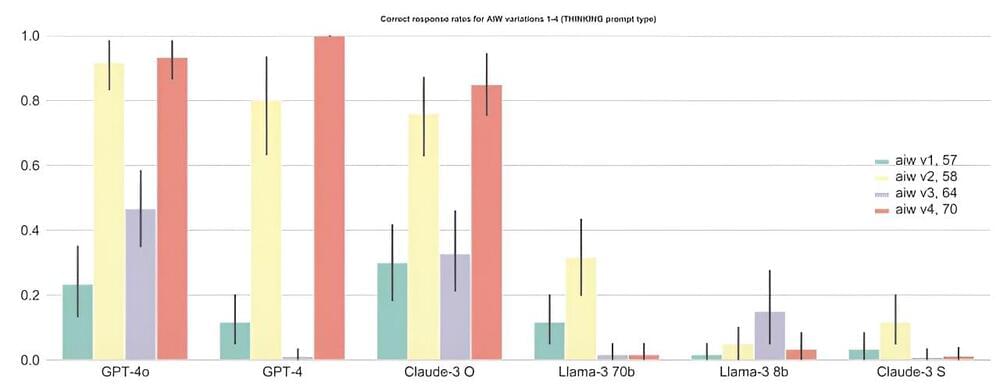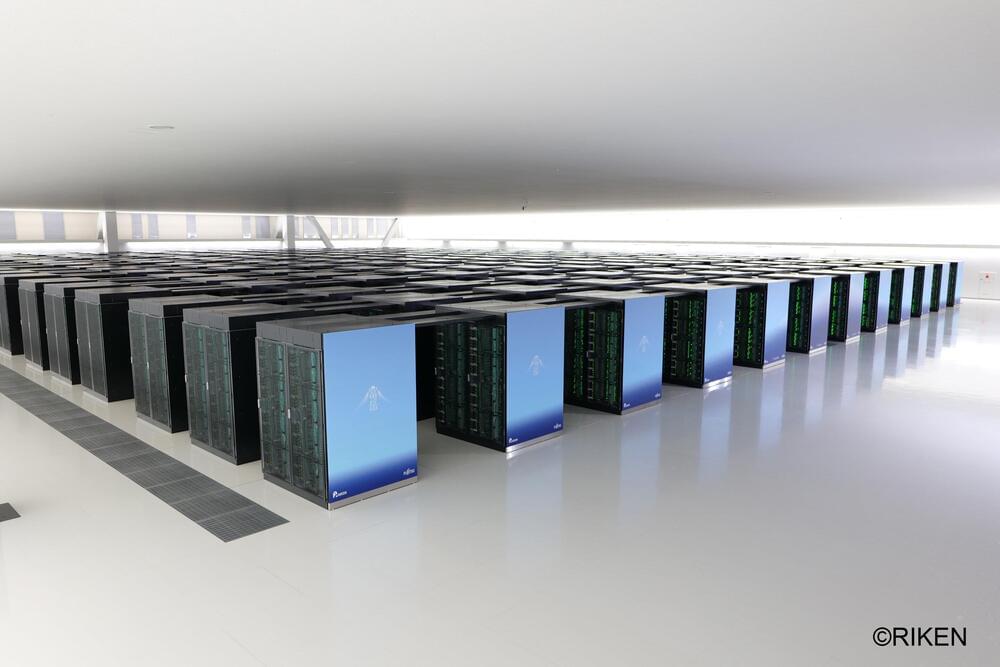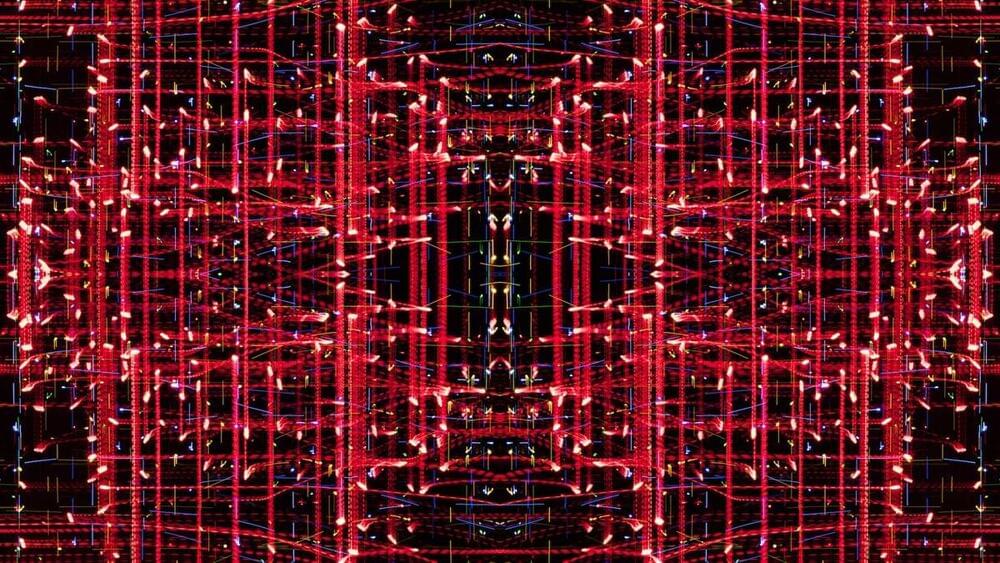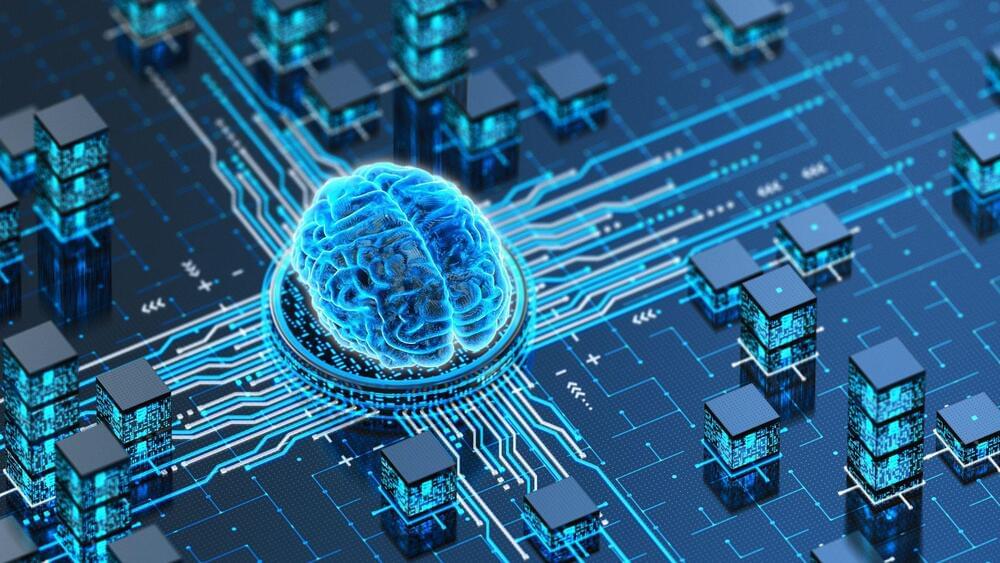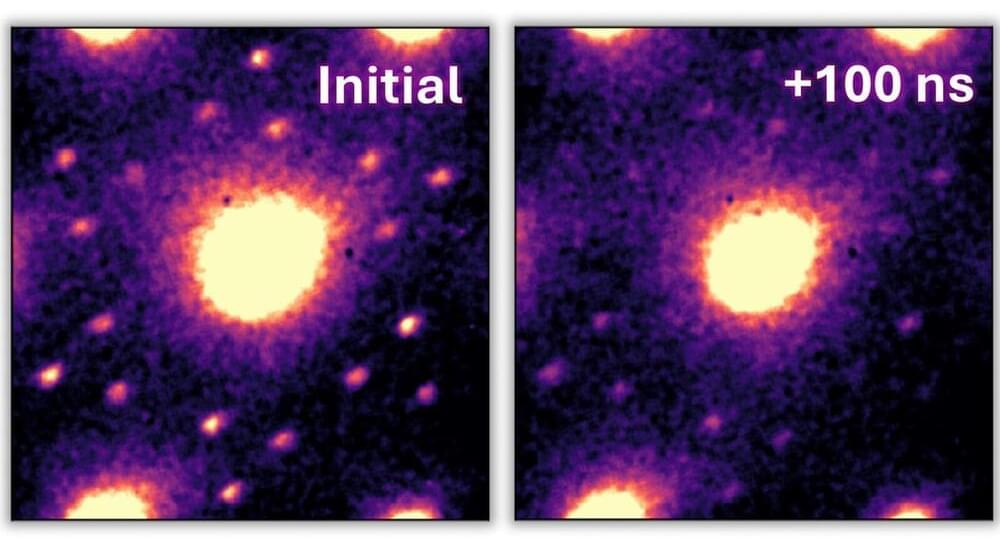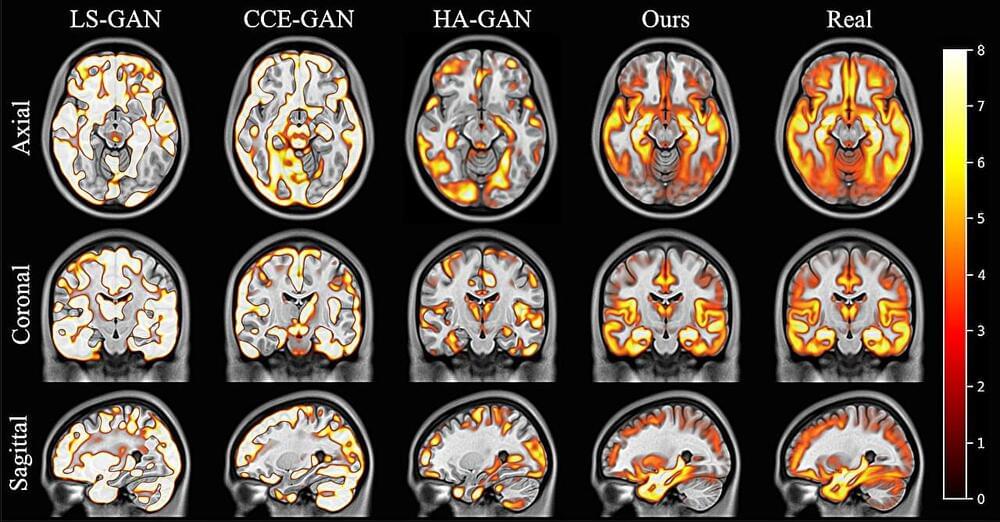Aug 14, 2024
AI Study reveals Dramatic Reasoning Breakdown in Large Language Models
Posted by Natalie Chan in categories: robotics/AI, supercomputing
Even the best AI large language models (LLMs) fail dramatically when it comes to simple logical questions. This is the conclusion of researchers from the Jülich Supercomputing Center (JSC), the School of Electrical and Electronic Engineering at the University of Bristol and the LAION AI laboratory.
In their paper posted to the arXiv preprint server, titled “Alice in Wonderland: Simple Tasks Showing Complete Reasoning Breakdown in State-Of-the-Art Large Language Models,” the scientists attest to a “dramatic breakdown of function and reasoning capabilities” in the tested state-of-the-art LLMs and suggest that although language models have the latent ability to perform basic reasoning, they cannot access it robustly and consistently.
The authors of the study—Marianna Nezhurina, Lucia Cipolina-Kun, Mehdi Cherti and Jenia Jitsev—call on “the scientific and technological community to stimulate urgent re-assessment of the claimed capabilities of the current generation of LLMs.” They also call for the development of standardized benchmarks to uncover weaknesses in language models related to basic reasoning capabilities, as current tests have apparently failed to reveal this serious failure.
